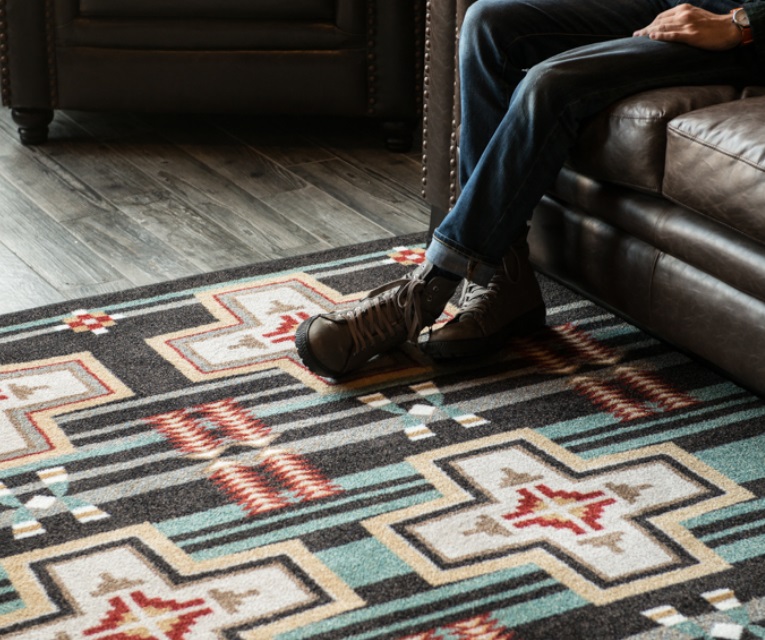
native american rugs new england
Hubbell’s home and base of operation were at Ganado, Arizona about 50 miles south of Canyon de Chelly. His tastes ran to Classic Period weavings and many of the early rugs made by Ganado area weavers were close enough in appearance to classic mantas and serapes to have earned the generic name, Hubbell Revival rugs. Hubbell guided his weavers by displaying paintings of rug patterns he favored. Many of these paintings can still be seen at the original trading post, now preserved and operated as a National Historic Site. By the 1930s, Ganado area weavers had thoroughly adopted the color scheme, but had moved away from Classic-inspired weavings to new patterns with a large central motif-often a complicated diamond or lozenge shape-with a double or triple geometric border.


